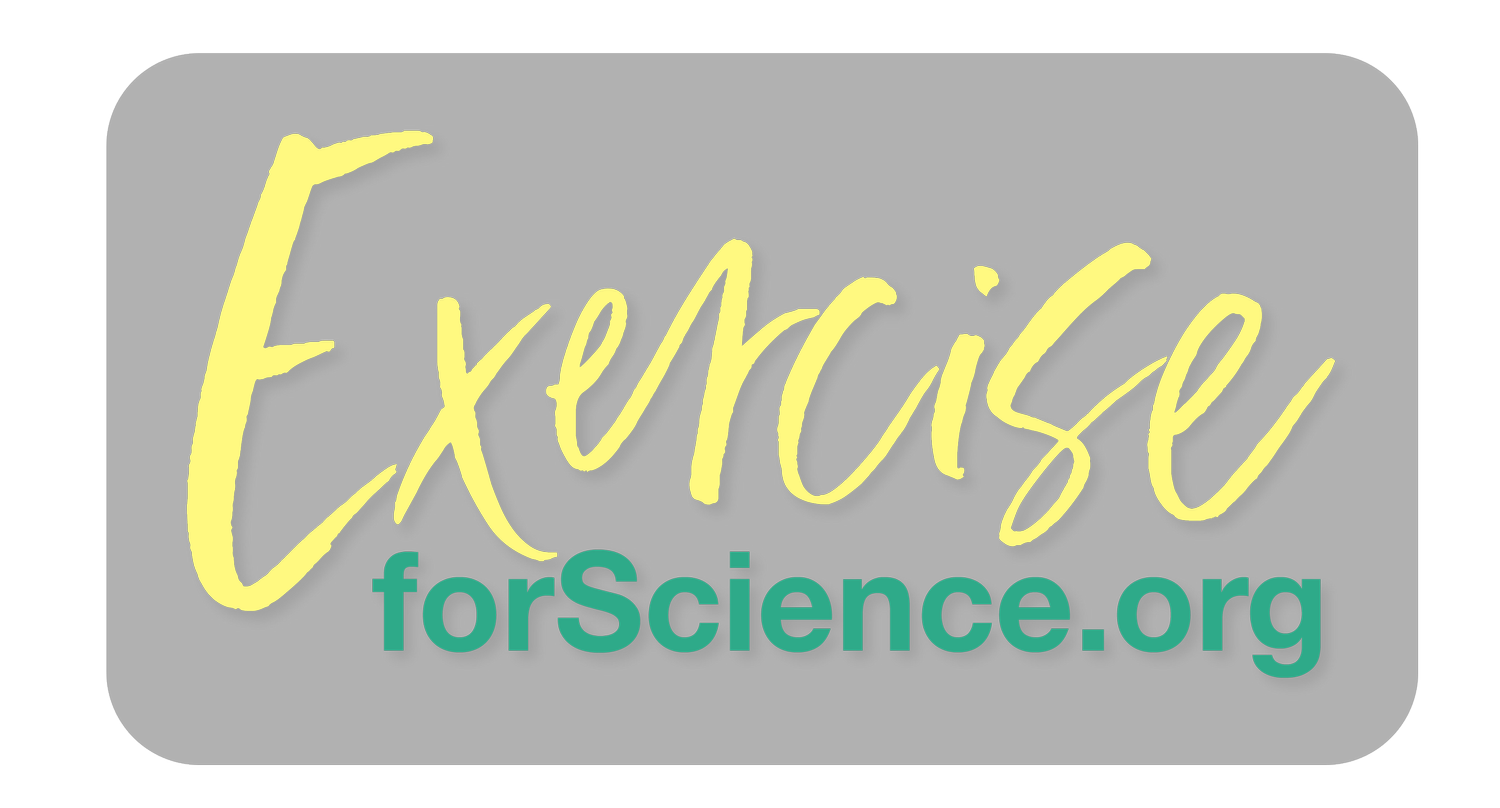How different are women’s and men‘s muscles? Surprising findings in our latest study
Our latest study compares the muscle and fat makeup of male and female cyclists — and finds more similarities than expected…
Our most recent studies have been focusing on fat infiltration as a way of assessing muscle health. We’ve also been looking at cyclists, as this sport has rapidly gained popularity as a way to stay fit and active among middle-aged adults.
Here at Exercise for Science we want to explore the potential benefits of lifelong aerobic exercise on muscle health, as this is not an area that has been studied extensively - especially in contrast to cardiovascular benefits, which have been widely proved.
Exploring the gender gap
With this study, we wanted to explore gender differences. Again, these have not been explored in detail using specific metrics. No studies have looked at the intramuscular fat content of specific muscles. We felt this was a timely investigation, given the current debate on sports performance differences between male and female athletes. This is a hot topic with the inclusion of transgender athletes in women’s sports competitions.
Our study used MRI scanning to look at the pelvic region and gluteal muscles of 87 cyclists, all of whom covered at least 7,000km per year in their training.
An unexpected result
We found that the gluteal muscles were very similar across men and women in terms of size and fat content when comparing similar body sizes. This was unexpected, as it’s well known that women tend to accumulate more fat in this region. Our findings were that the increased fat accumulation in women is purely subcutaneous tissue - it is not intramuscular fat.
Our findings challenge the usual assumptions about gender-based differences in muscle mass and quality. It’s an interesting result that we hope will lead to more research into gender similarities and differences in muscle health and sports science. Being better informed with data led research could mean more equitable sports, health advice and disease prevention.

